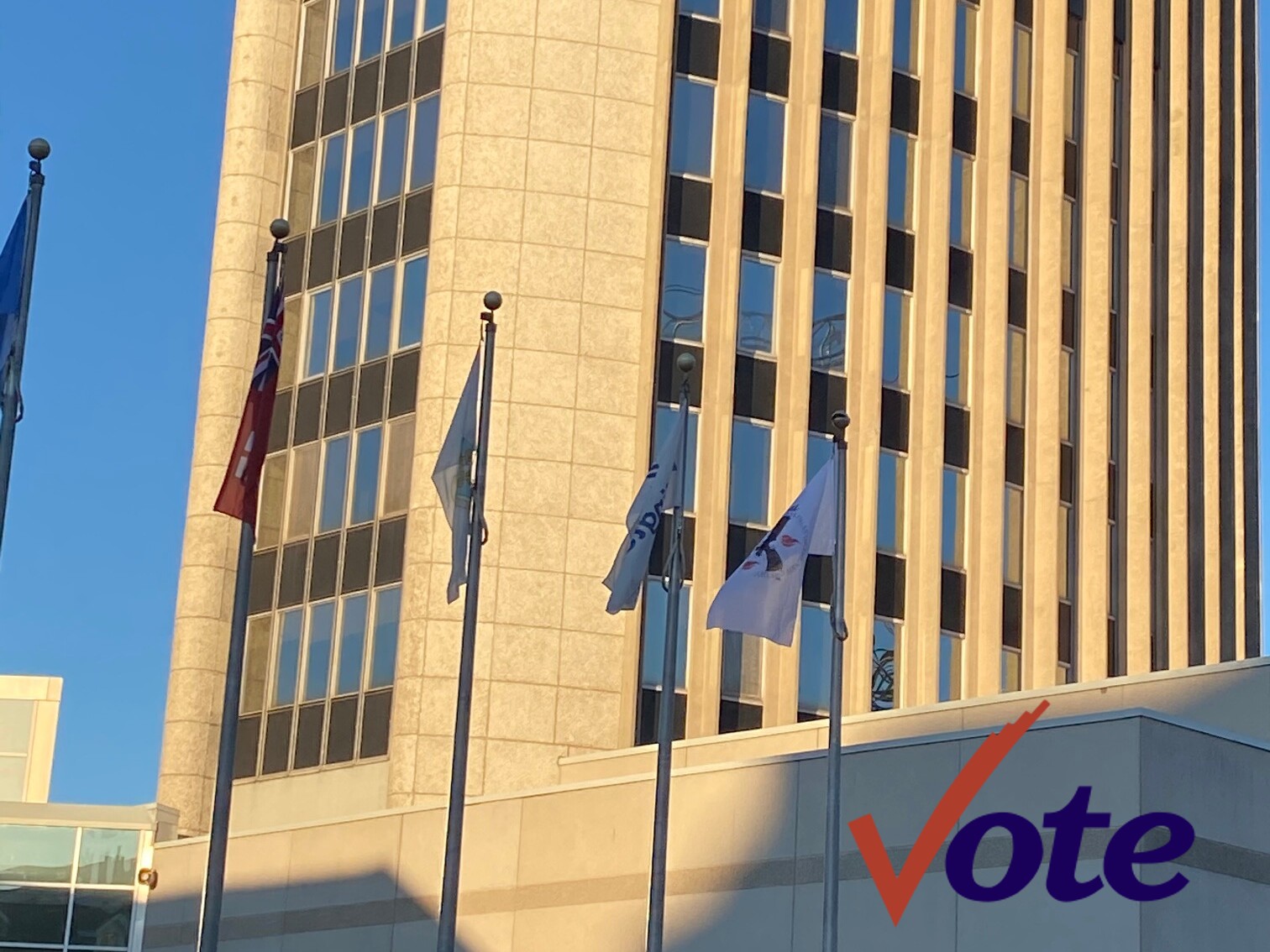Opinion. By Mike Collins-Williams, RPP, MCIP – CEO West End Home Builders’ Association
A couple of months ago, the Hamilton Census Metropolitan Area (or “CMA,” which includes Burlington) was found to be the third-least affordable city in North America when it comes to housing. How did we reach the point where Burlington is amongst the least affordable communities in North America and more expensive than major U.S. metropolises like San Francisco and New York City? New research from the environmental NGO [non-governmental organization] the Smart Prosperity Institute shows that Burlington and Hamilton are not building enough new housing supply of all types to keep up with our population growth. The growing demand is analyzed by a recent report called Ontarians on the Move — Hamilton CMA. The research paper shows in detail Burlington’s demographic development during the last decade and shares potential trends and implications for the tens of thousands of new residents who will call Burlington home in the coming decades.
One of the immediate impacts of our growing population is on the housing market. A rapid increase in population combined with relatively slower home construction has pushed up housing demand and, consequently, housing prices. As a result, more people are “driving until they qualify” for a mortgage. It initially started in Toronto, as more families drove away from Toronto, pushing prices up in Burlington. This increase in Hamilton prices led to the “musical chairs” effect in which existing Burlington residents who wished to buy a property (or transition from renting to buying) could no longer afford homes in our community and are in turn “driving” until they arrive in a community they can afford, often down the QEW in Niagara Region or up the 403 to Brantford or even further to London.
These dynamics imply that not only has Burlington gained new residents from Toronto, but our region also lost many existing residents over the past five years to more affordable communities around us. This lack of affordability, which started well before the pandemic, has caused an exodus of young families out of Burlington due to lack of available housing that suits their needs. What is incredible is that, despite Ontario’s population growing by 80% more residents in 2015–20 relative to 2010–15, the Hamilton CMA actually built 2,598 fewer family-oriented homes in 2015–20 relative to 2010–15. It’s in the hands of the city’s leadership to decide on the affordability and inclusivity of our community moving forward.
The population pressures leading to this point are not likely to diminish. Burlington will continue to attract international talent, especially with the federal government’s recent announcement of increasing immigration targets. With our strong and diversified local economy, Burlington has the potential to entice talented newcomers and recently graduated students to live and work in the city. However, if the supply of housing continues to not keep up with demand, more young families will embark on the “drive until you qualify” route to find cheaper housing outside of our city. As the housing shortage worsens, it will push up home prices even further, pricing out both newcomers and existing members of our community.
As more young families and talent are looking for room to settle and grow, the need for balanced solutions to address the chronic undersupply of housing is prominent. That means that Burlington needs room to grow — both up through intensification and within our existing communities through building more lower-density missing middle housing options. Younger Burlington residents need to have more choices, not fewer. We need to stop constraining our housing supply and ensure that we are planning for a full range of different housing types to suit all our needs. For Burlington to be a welcoming, inclusive city, we must provide residents and newcomers with options that provide room for families to grow, rather than pricing them out. It is vital to plan for a balanced approach that protects our environmental resources including the greenbelt and increases densities throughout the city. The only way we can meaningfully do this is through building more of all types of housing.




